Porsche finally reveals new electric Cayenne Turbo – and it’s a beast
The electric Porsche Cayenne is hugely impressive. But is it actually too powerful?
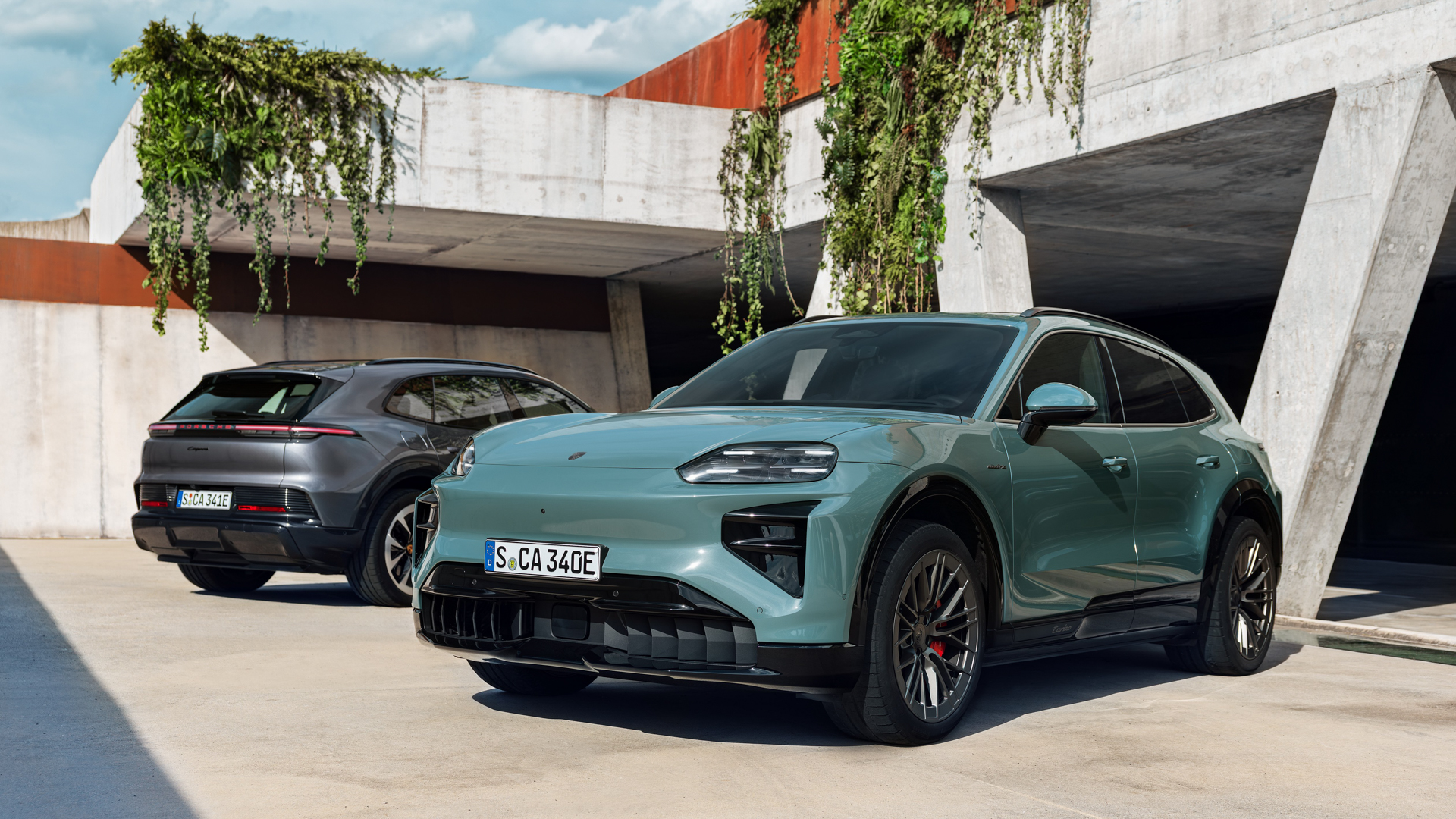

QUICK SUMMARY
Porsche has revealed the all-electric Cayenne SUV. The car has a pair of electric motors, up to 400 kW charging and a range of up to 398 miles. In Turbo form it produces over 1,000 horsepower and can hit 124 mph in a hypercar-like 7.4 seconds.
Priced from £83,200 – and £130,900 for the Turbo model – the electric Porsche Cayenne is available to order now.
Porsche has finally revealed the new, all-electric Cayenne SUV – and in Turbo form it’s the most powerful road legal car the company has ever made.
The Cayenne Turbo also boasts a regenerative braking system as powerful as that used by Formula E race cars, with up to 600 kW of power being fed back into the battery under heavy braking, comfortably more than any other car on sale today. So much stopping power is produced by the Cayenne’s two motors, that Porsche claims the conventional disc brakes are used just three percent of the time during normal driving.
Put your foot down in the range-topping Cayenne Turbo though, and you might be calling on those brakes a little more often. That’s because, with launch control engaged, the electric SUV produces 850 kW (1,156 PS, or metric horsepower) and an astonishing 1,500 Nm (1,100 lb ft) of torque. Both figures, especially the Cayenne’s torque output, put the SUV’s grunt only just behind that of the Bugatti Chiron Super Sport.
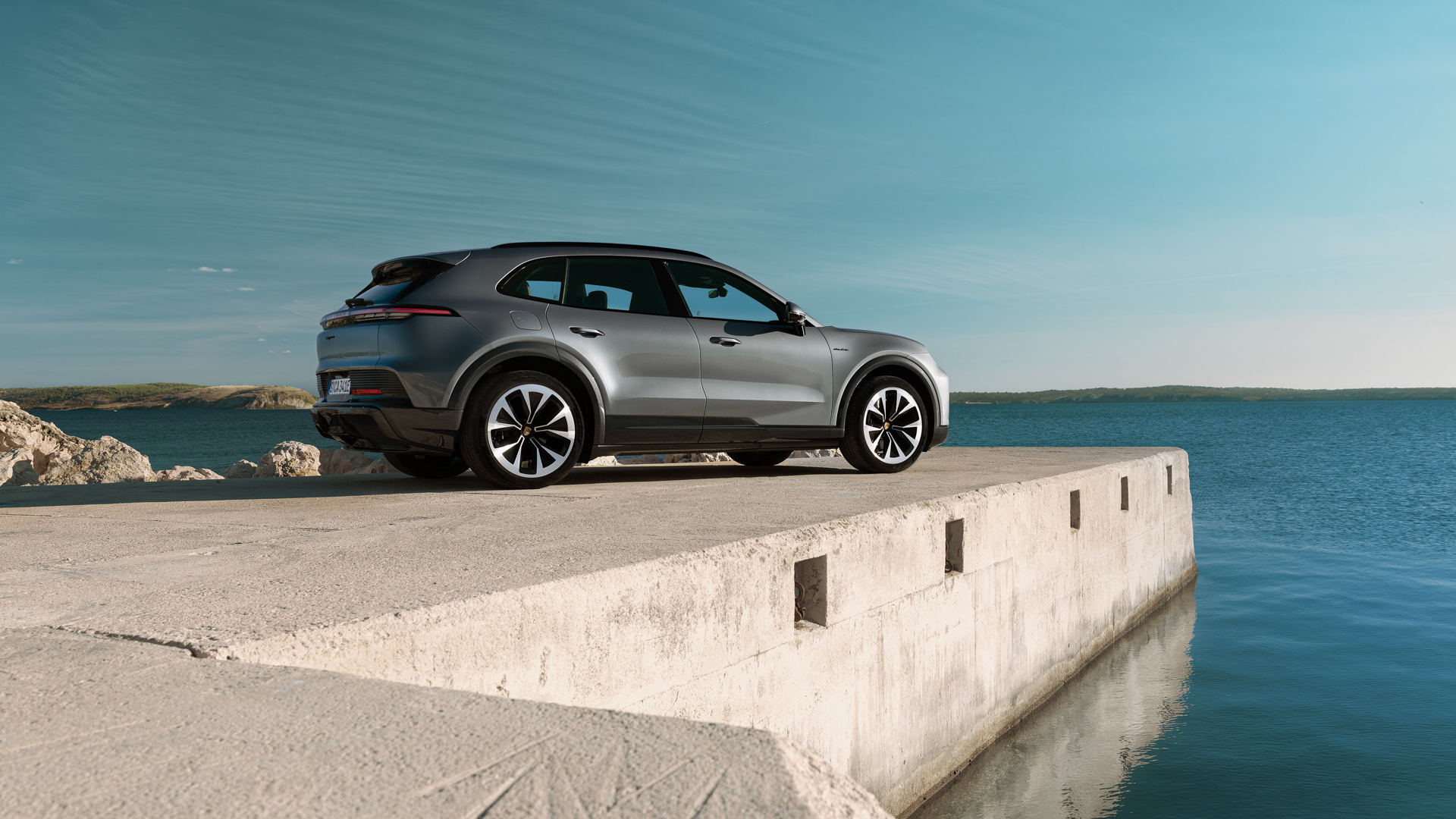
It’s enough to launch the Cayenne Turbo to 62 mph in just 2.5 seconds (quicker than a Tesla Model X Plaid) 124 mph in 7.4 seconds (the same as a Ferrari Daytona SP3) and a top speed of 162 mph. For some context, the second figure is absolutely outrageous. Reaching 124 mph in under 7.5 seconds puts the Cayenne Turbo over three seconds ahead of a V12-engined Ferrari Purosangue.
Helping the Turbo is a direct oil cooling system for the electric motor of the rear axle, which Porsche says ensures high continuous output and efficiency, and the company claims is an innovation derived from motorsport. In normal driving, the Turbo produces a more modest 857 horsepower, with a boost to 1,033 hp for 10 seconds when using the ‘push-to-pass’ button.
Leaving the £130,900 Cayenne Turbo to one side for a minute, the entry-level £83,200 Cayenne is likely where the majority of sales will be. Also a dual-motor EV, this car produces a somewhat more sensible 408 horsepower and still plenty (835 Nm) of torque. It accelerates to 62 mph in 4.8 seconds and has a top speed of 143 mph.
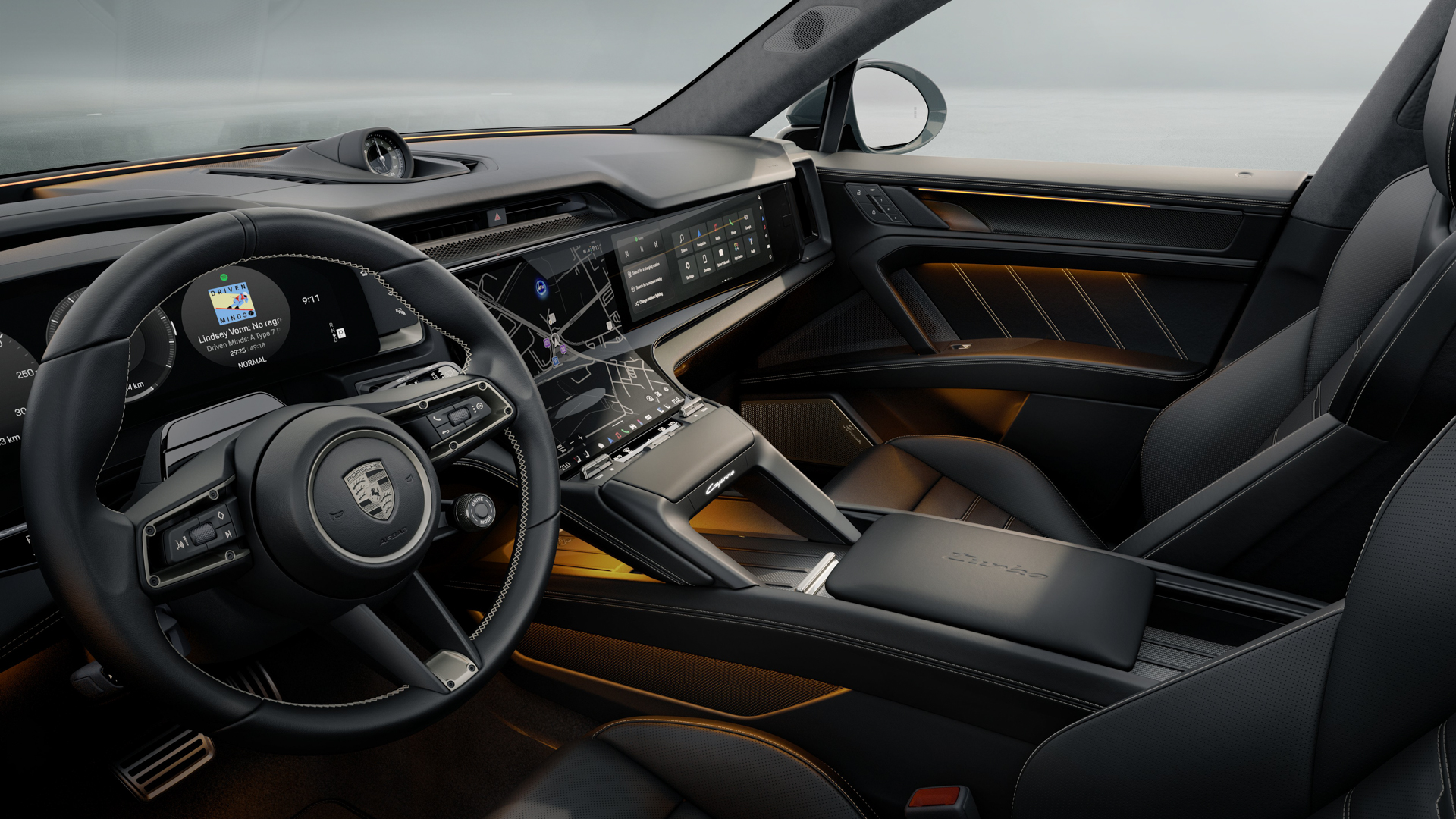
More interestingly – and more relevant to real-world driving – is how both cars can recuperate energy at up to 600 kW while driving. They can also fill their 113 kWh battery at up to 390 kW from an 800-volt charger, or even 400 kW under what Porsche calls “specific conditions”. Both cars can charge from 10 to 80 percent in as little as 16 minutes, and add about 200 miles of range in just 10 minutes. Total WLTP range is a claimed 398 miles for the base Cayenne and 387 miles for the more powerful Turbo.
Get all the latest news, reviews, deals and buying guides on gorgeous tech, home and active products from the T3 experts
Both cars are also the first Porsche to offer wireless inductive home charging. This requires the purchase of an optional home charging plate, which sits on the floor of your garage or parking space, connects to the mains supply like a regular home EV charger, and delivers up to 11 kW of power wirelessly to the Cayenne’s battery.
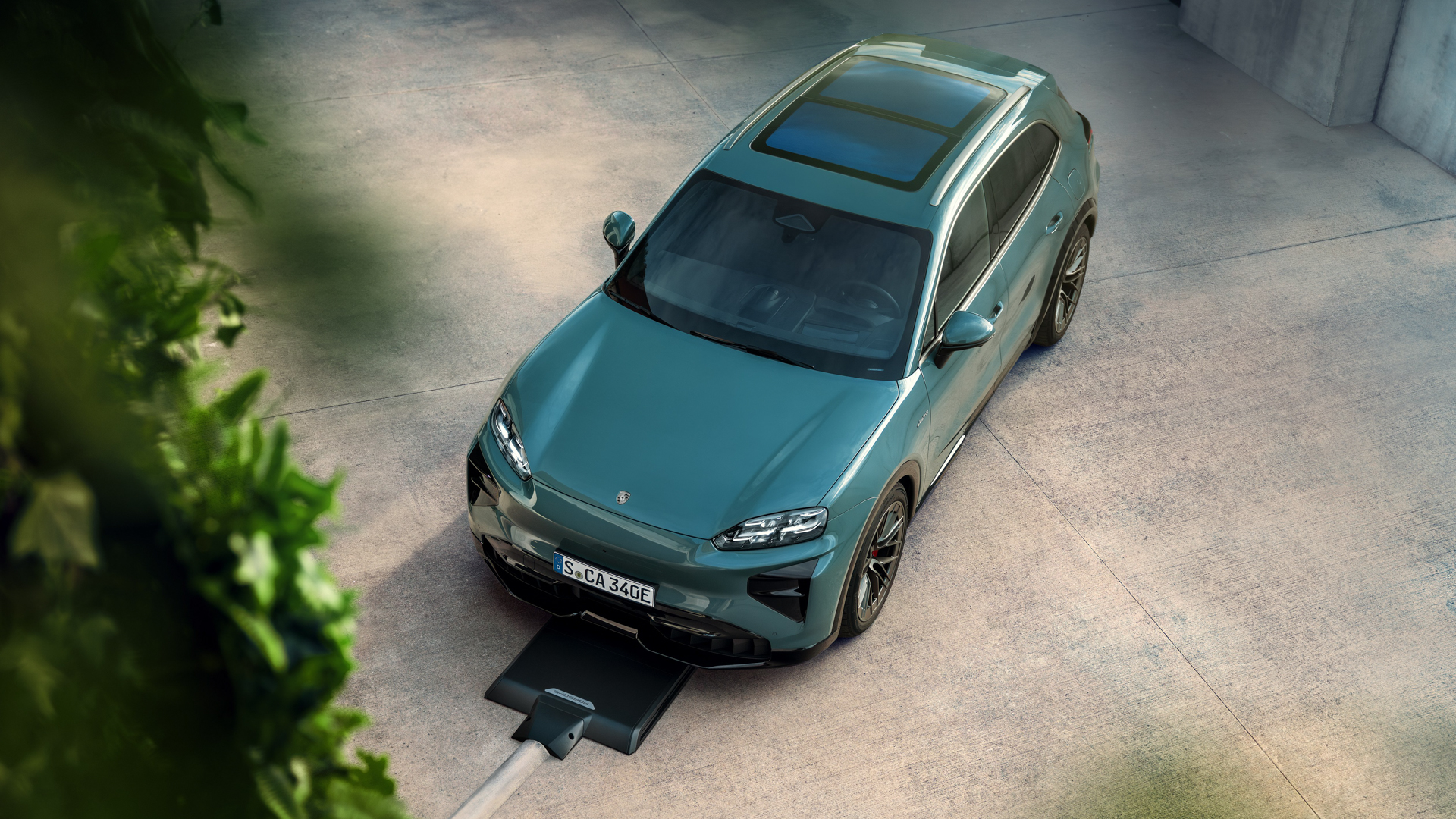
Externally, the Cayenne unsurprisingly looks like an evolution of the previous generation, while also incorporating design cues from Porsche’s electric Macan and Taycan models. All the usual luxury SUV details, like frameless windows and creases in the doors are present and correct, while the two-tone side skirts help to visually lower the side profile and give it a sportier look.
The new electric Cayenne is 55 mm longer than its predecessor, and now measures 4,985 mm long, 1,980 mm wide and 1,674 mm tall. The biggest change comes in the wheelbase, which has been stretched by an impressive 130 mm, increasing rear leg room.
We’ve already seen the interior, which you can learn more about here. To quickly recap, the electric Cayenne’s cabin features a striking dashboard design housing a trio of digital displays. There’s a driver display behind the steering wheel, as is now the norm for most Porsche models, and an optional secondary display ahead of the passenger for giving them access to the infotainment system. But the most interesting element is the 14.25-inch central screen, which uses an OLED panel that curves downwards across the middle of the dashboard, like a waterfall of pixels cascading down to the centre console.
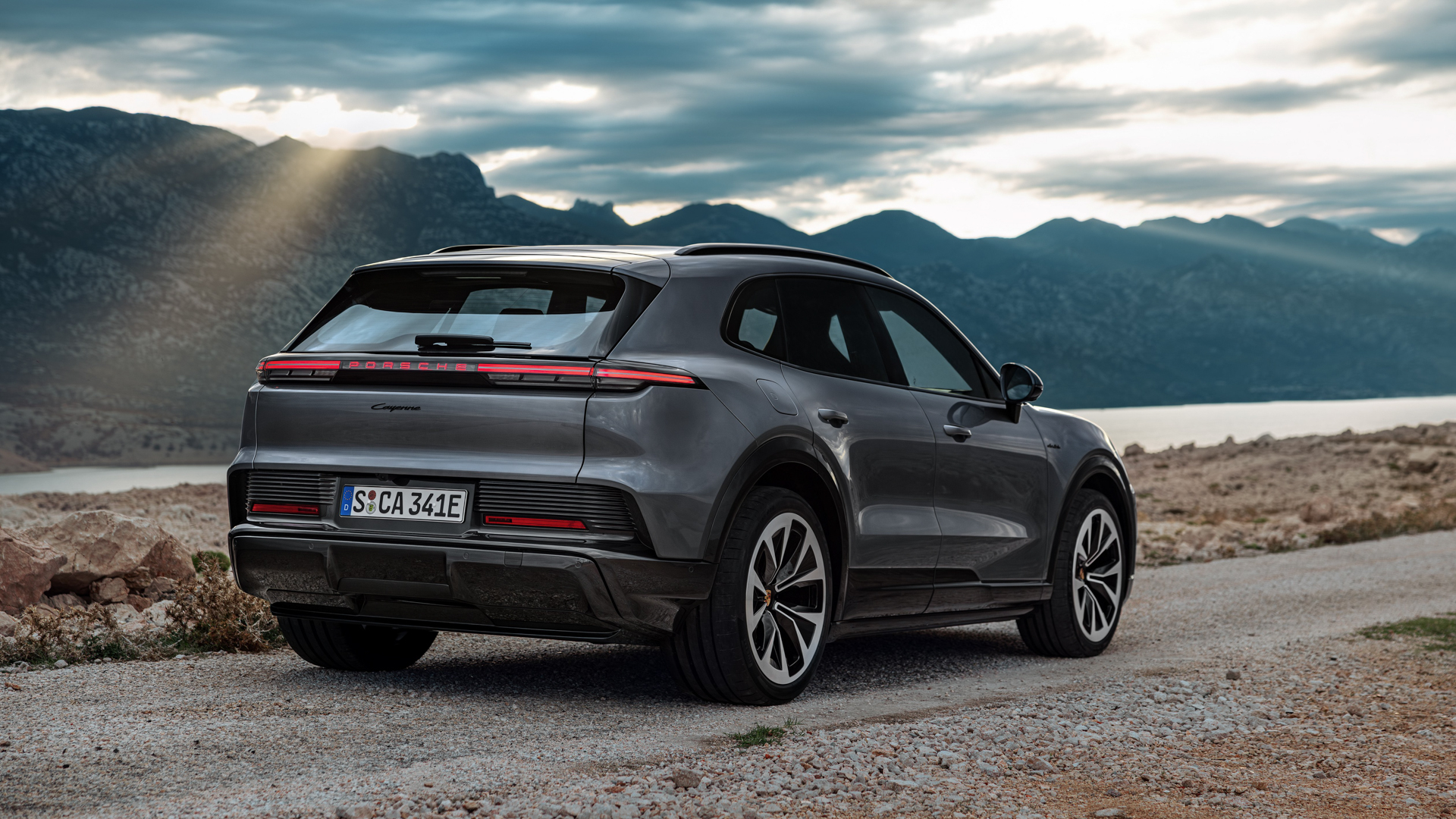
It’s a bold piece of design, especially when the car industry is starting to turn away from entirely replacing physical switchgear with touchscreens. I’m pleased to see Porsche has installed a couple of ledges from the driver to steady their hand on, when interacting with the screen while driving.
Porsche also notes how the air conditioning and volume controls are analogue, and don’t rely on a tap or swipe of the touchscreen. Lastly, there’s a head-up display with augmented reality technology, which projects onto the windscreen and creates an interface that represents an 87-inch display positioned 10 metres in front of the car.
Available to order now, the new electric Cayenne is priced from £83,200. The Cayenne Turbo starts at £130,900.
Alistair is a freelance automotive and technology journalist. He has bylines on esteemed sites such as the BBC, Forbes, TechRadar, and of best of all, T3, where he covers topics ranging from classic cars and men's lifestyle, to smart home technology, phones, electric cars, autonomy, Swiss watches, and much more besides. He is an experienced journalist, writing news, features, interviews and product reviews. If that didn't make him busy enough, he is also the co-host of the AutoChat podcast.
You must confirm your public display name before commenting
Please logout and then login again, you will then be prompted to enter your display name.
